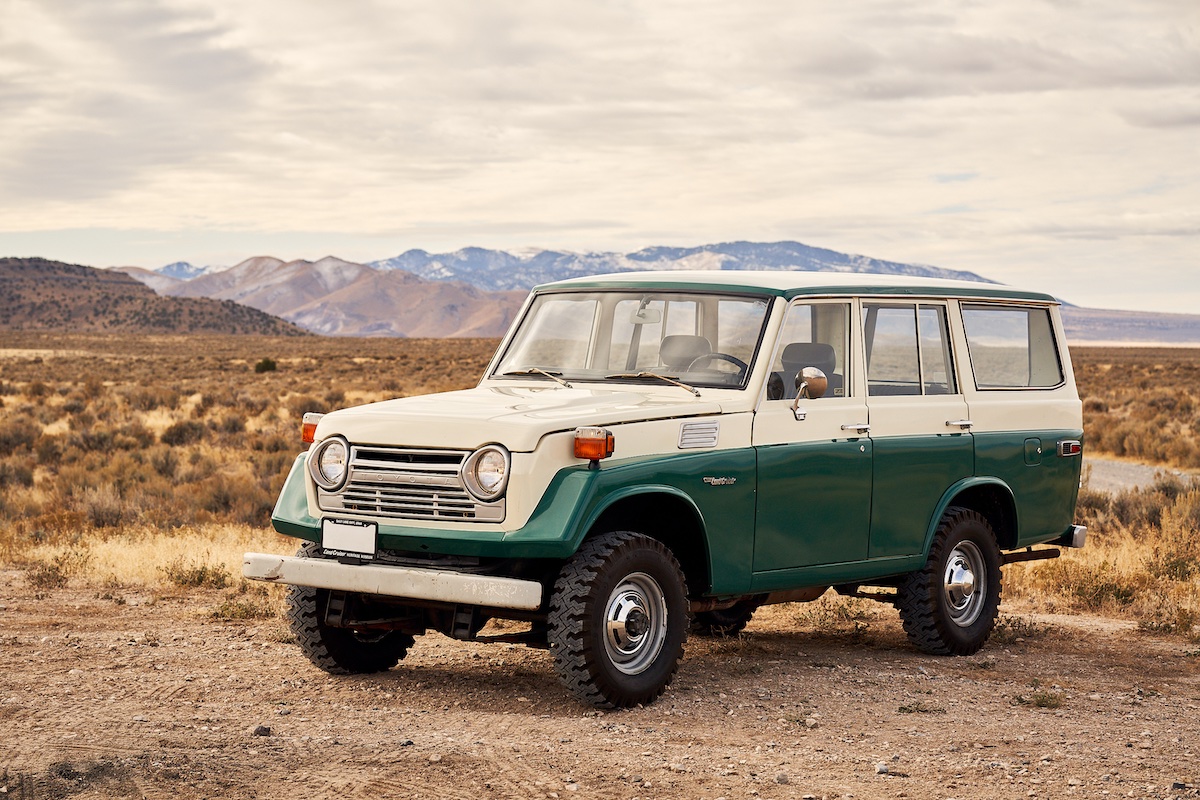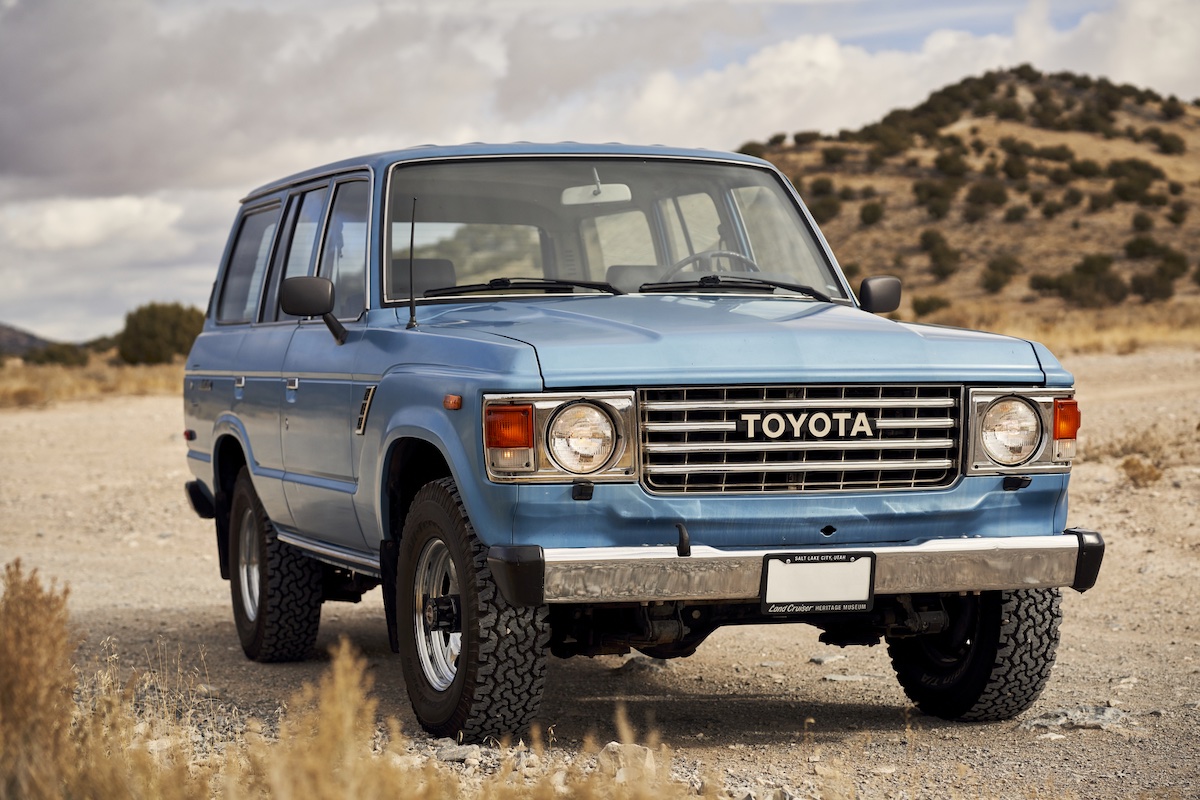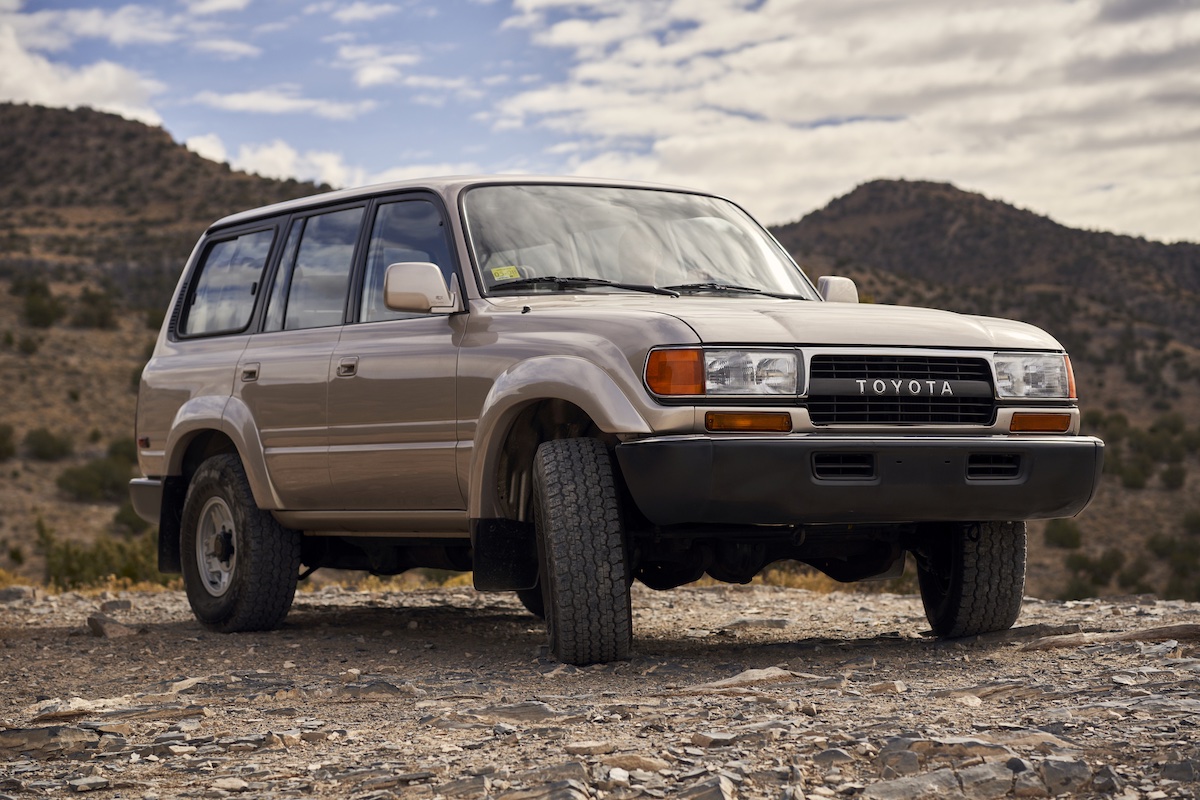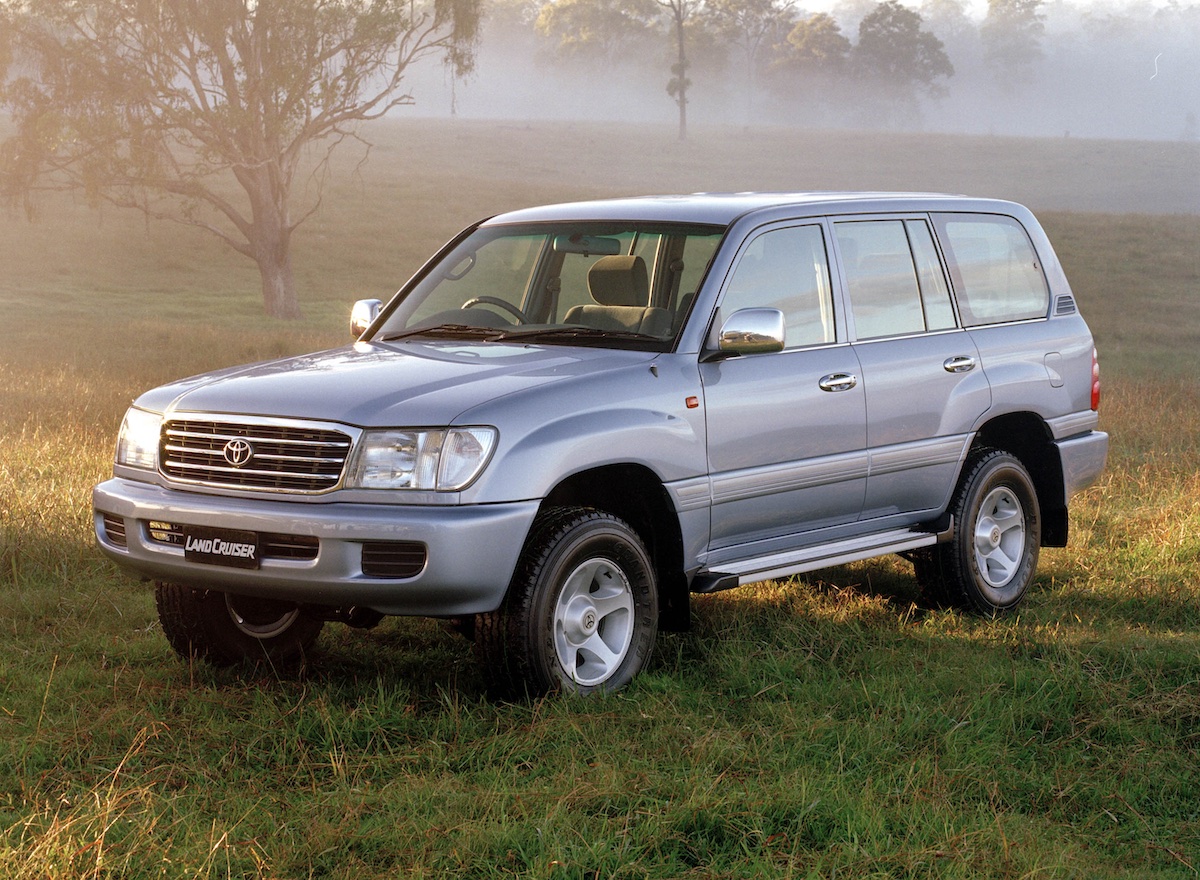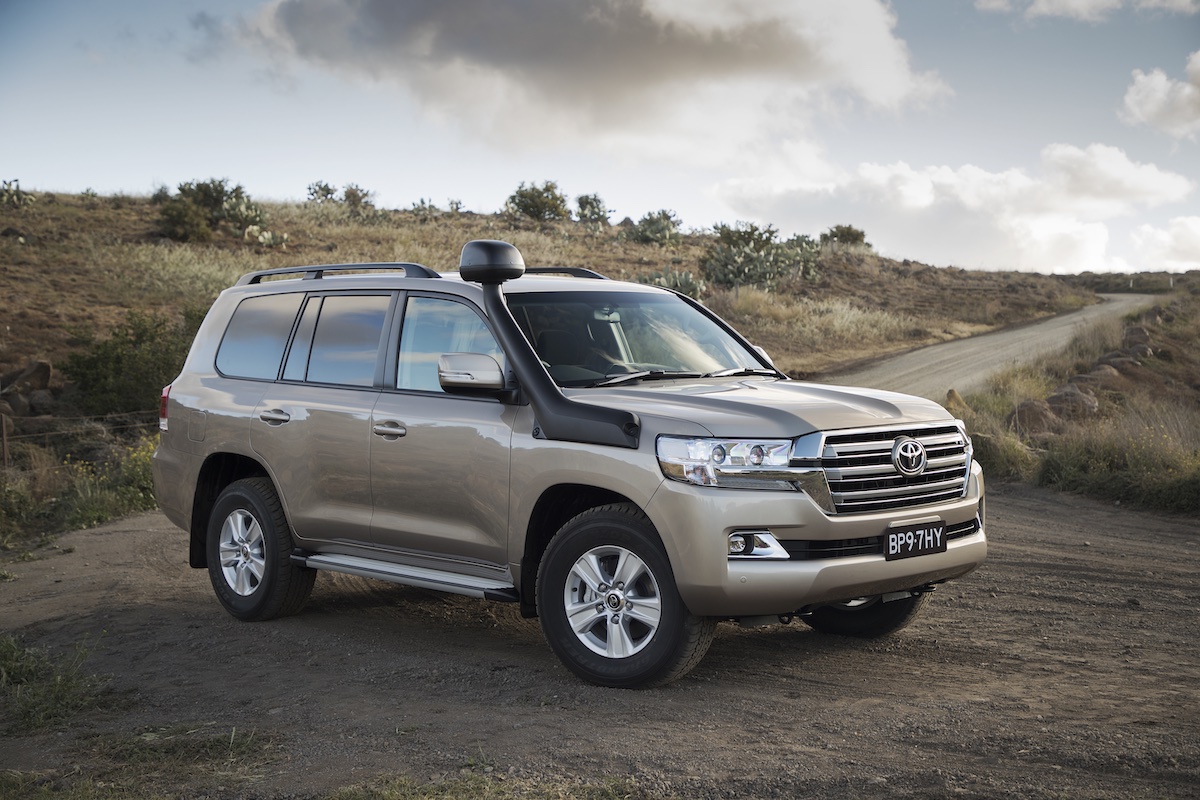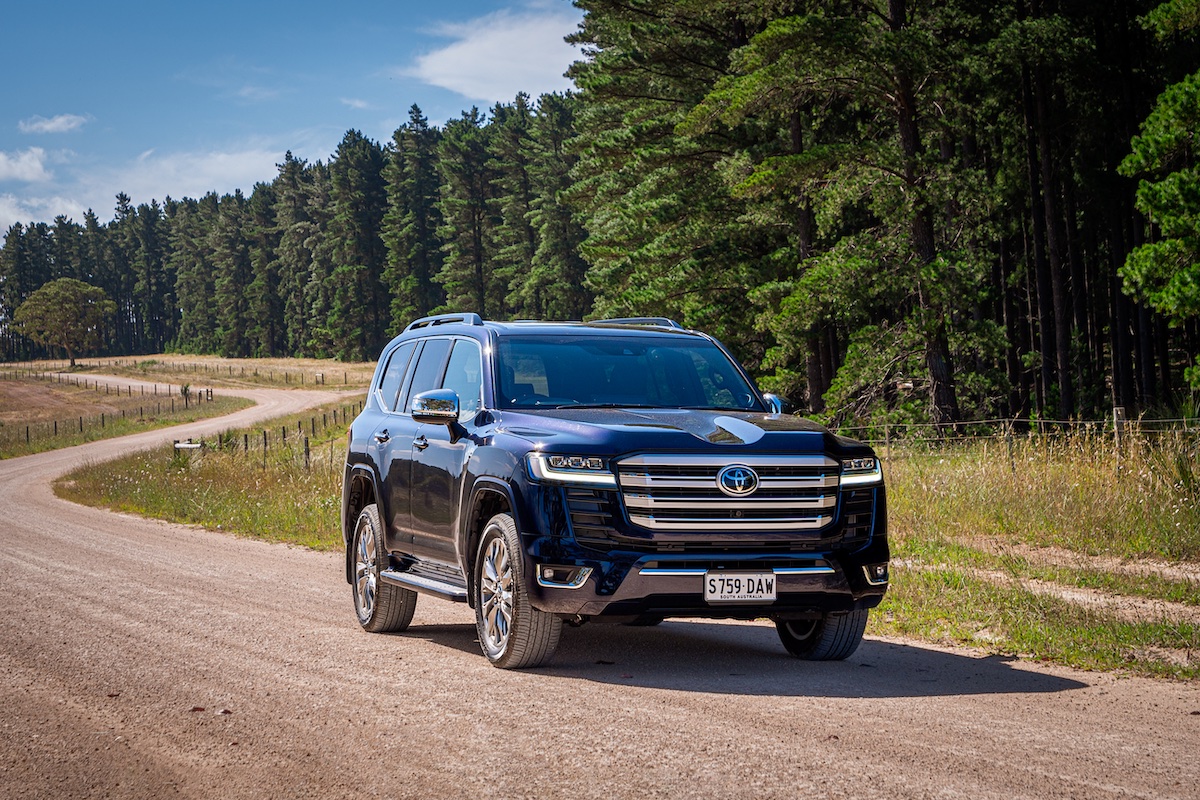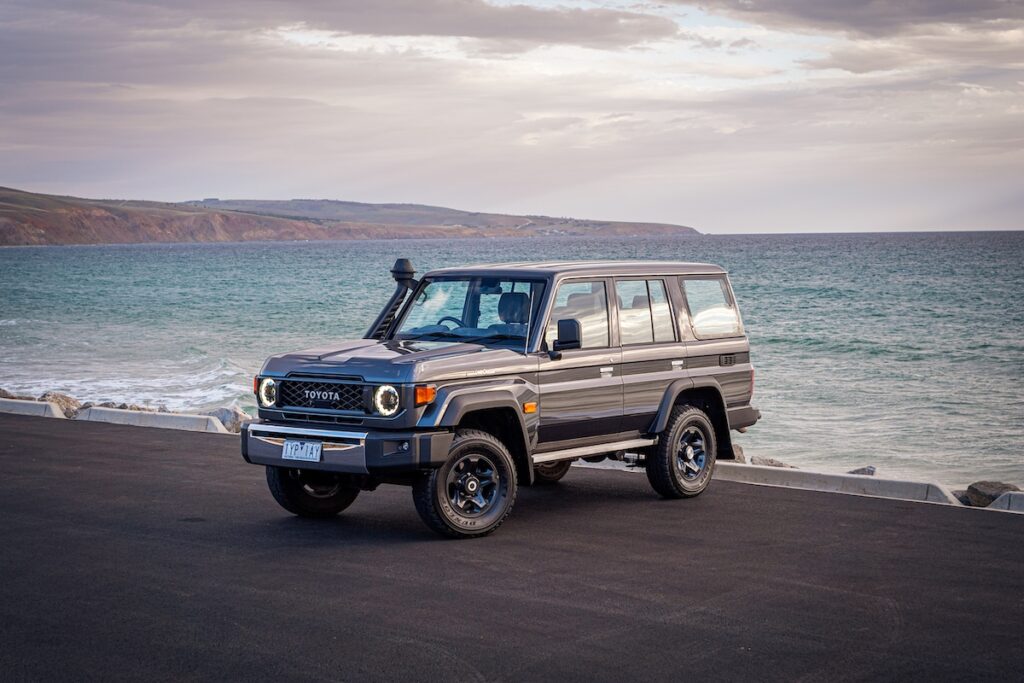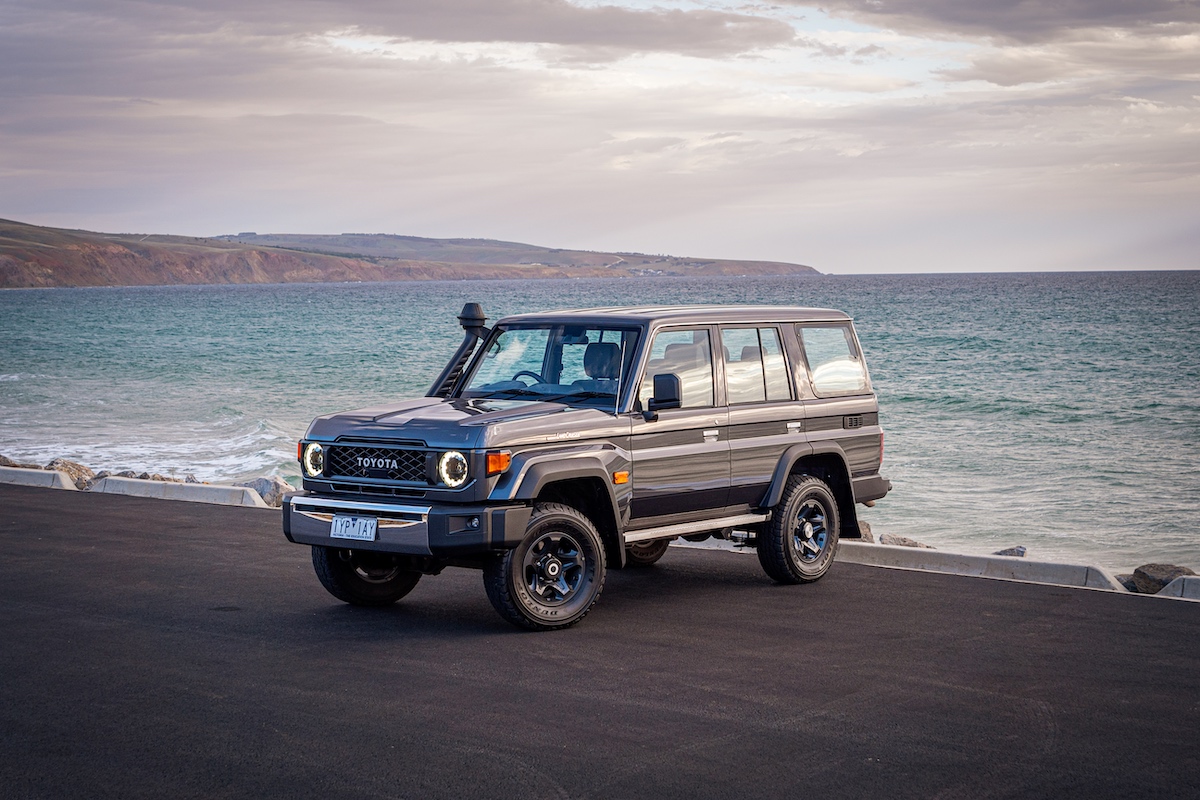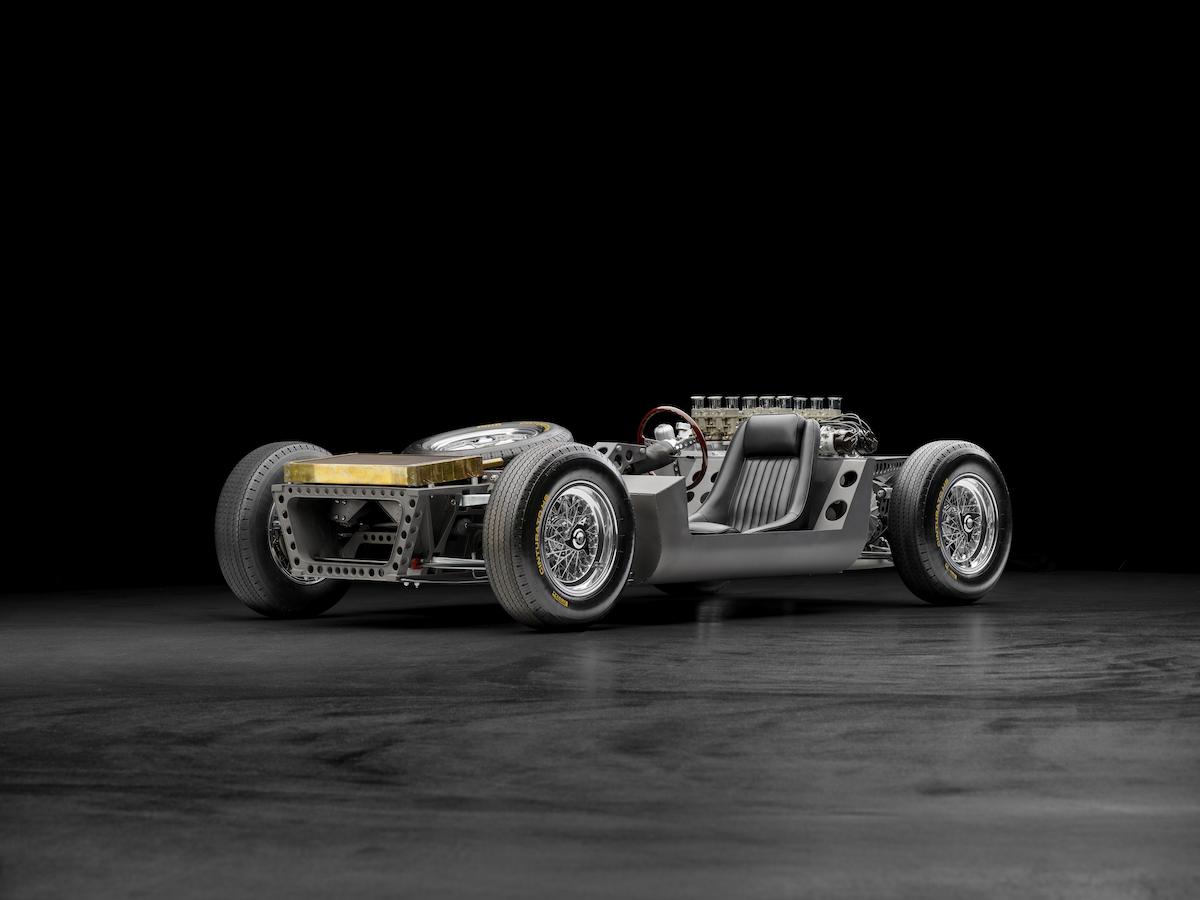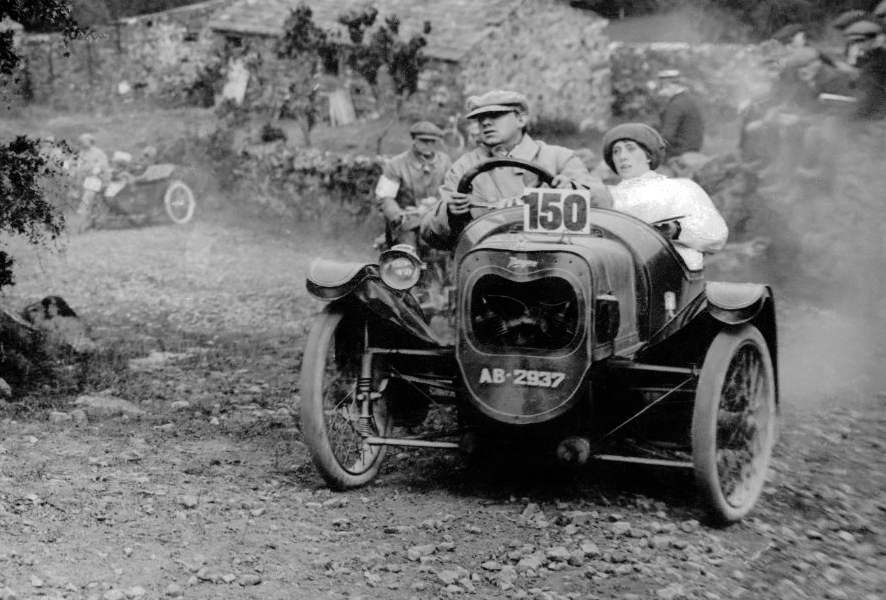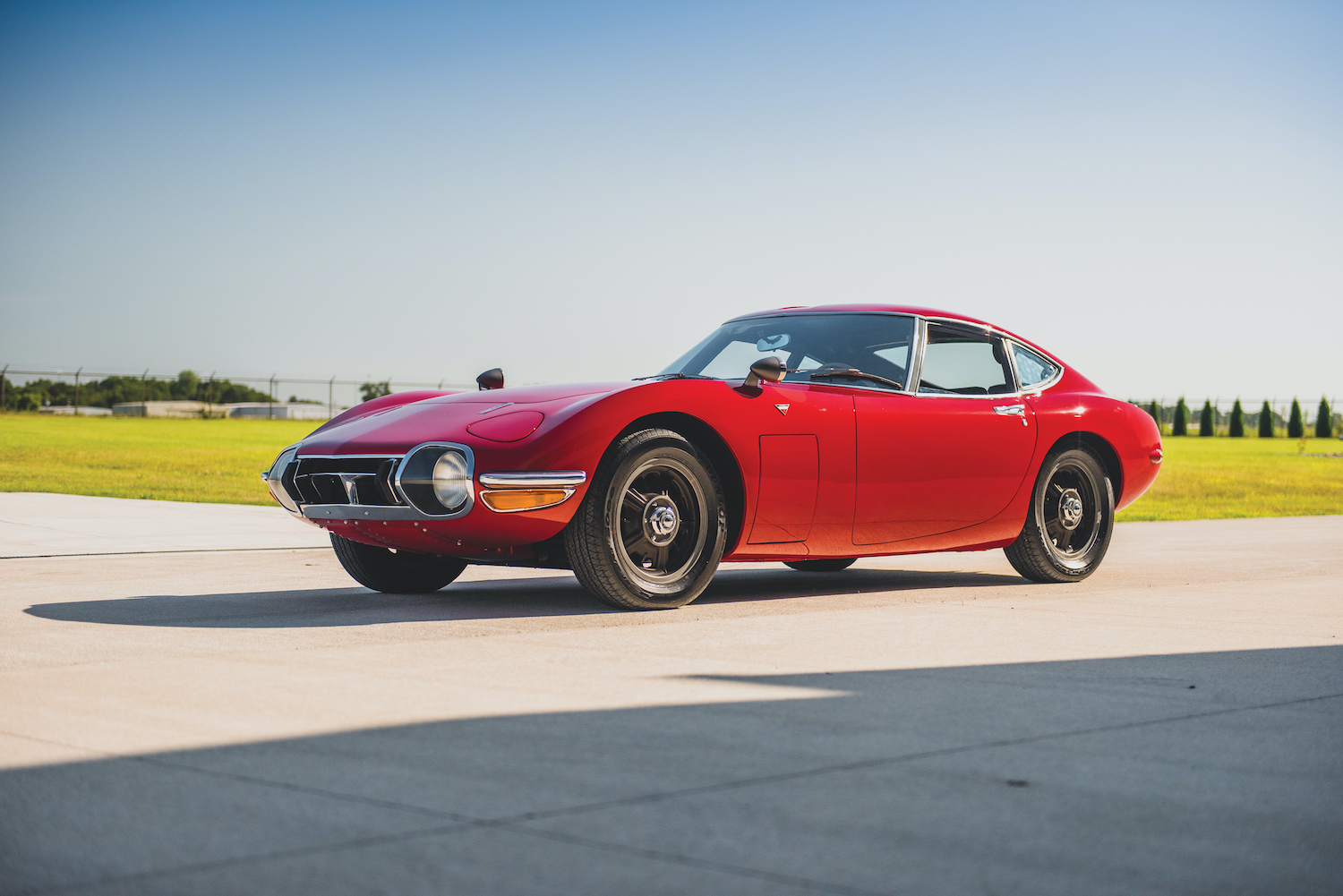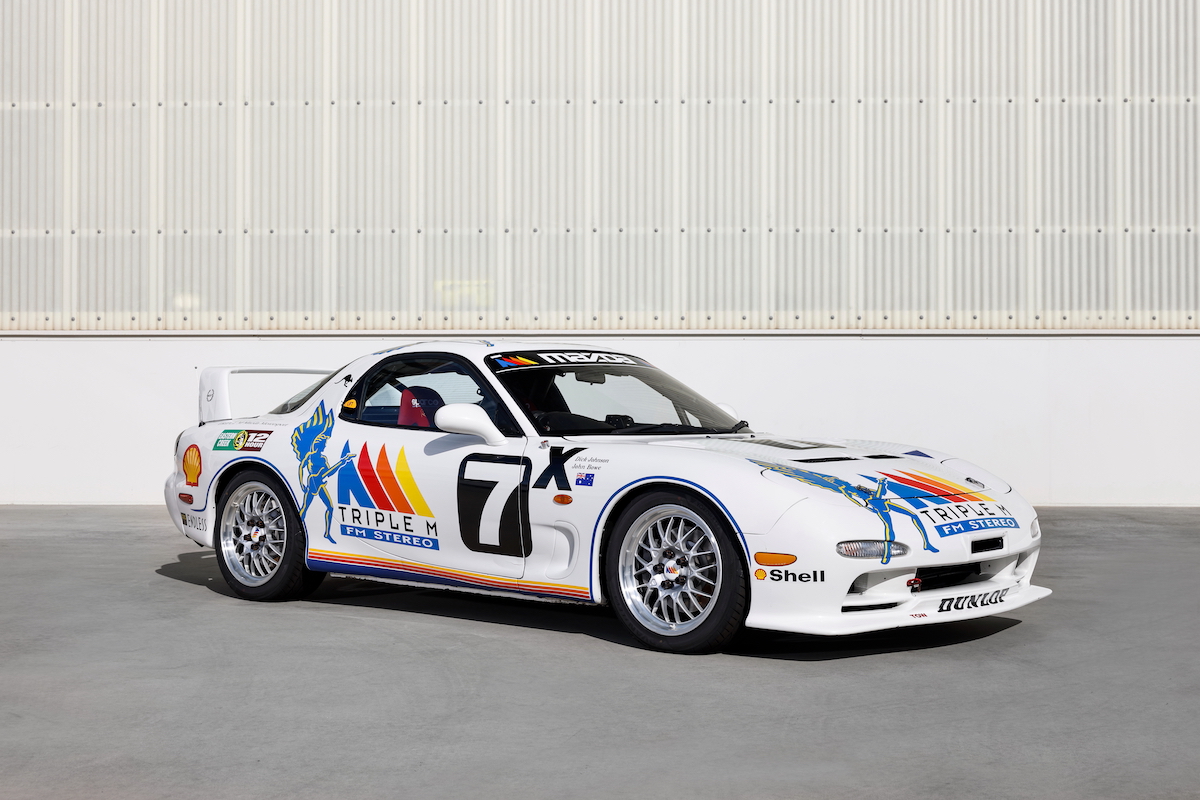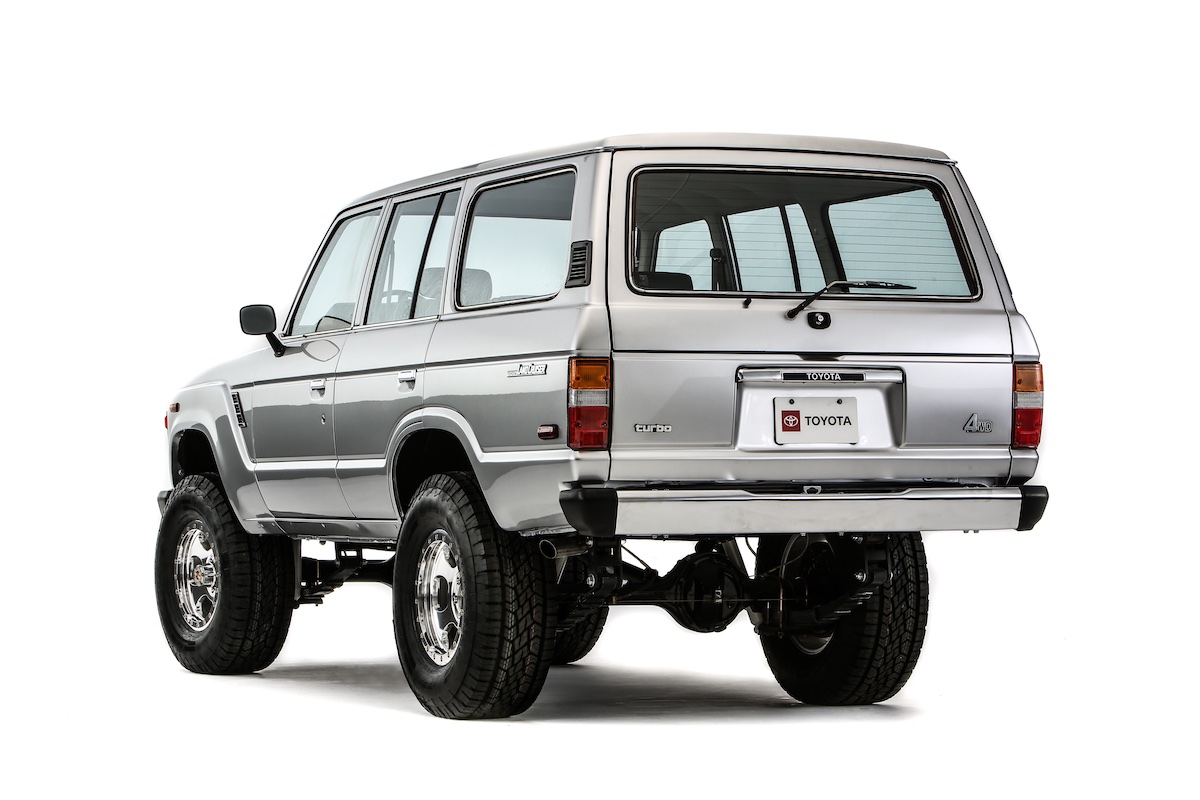On a daily basis, I’m inundated with messages and conversations from people about how frustrated they are with the state of new cars in 2025. From everything being controlled through touchscreens to questions around the long-term durability of their hybrid or electric drivetrains, I’ve heard the exasperated phrase “I wish I could buy a new old car” on more than one occasion.
The thing is, you’ve always been able to – at least, if off-roading is your thing. Perhaps it’s because of how ubiquitous it has become in the Australian landscape – from worksites to outback pubs, and for some reason even at shopping centres – but it’s easy to overlook the impact that the Toyota LandCruiser 70 Series has carried across a 41-year continuous production run through to the present day.
It was in 1984 that the J70 model was introduced took over from the iconic J40 in the LandCruiser’s ‘Heavy Duty’ series, with the J60 model of the day – like today’s 300 Series – belonging to the more refined ‘Station Wagon’ series. The 40 Series it replaced had been around for 25 years at the time, but even still, it would be easy to doubt Toyota saw the 70 Series surviving for this long.
Australia is one of the places to thank for that, along with Africa, as its ability to shrug off the outback like it’s nothing has ensured more than just niche popularity in this country.
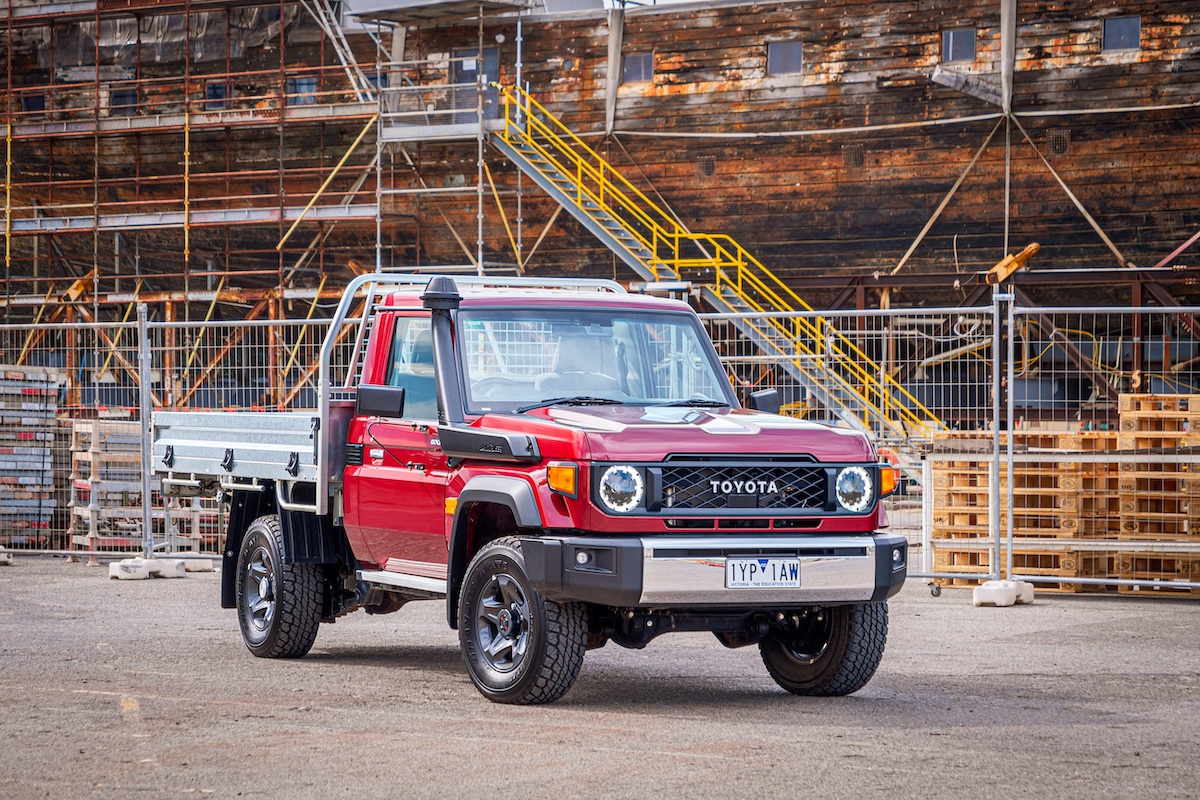
Beyond a sales success
During 2024, a total of 11,292 examples were sold… and that’s only counting 79 Series Cab Chassis pickup models. Another 15,257 sales were accounted for by 76 Series Wagon and 78 Series Troop Carrier variants, although this figure also includes sales of the newer 300 Series to complicate matters.
Indeed, it’s still such a popular vehicle that in mid-July 2025, Toyota paused all orders for the automatic 76 Series GXL Wagon due to overwhelming demand.
Either way, if those numbers were combined, the LandCruiser nameplate would’ve been the sixth-best selling in the country last year – not bad for a car that has seen the rise of both Guns N’ Roses and Billie Eilish during its lifetime.
While still sold new, older LandCruisers still hold their value remarkably well, regularly appearing as some of the highest value-getters in Retro Rides’ regular auction reports. Classic 4x4s like the LandCruiser and the Land Rover also earned a place on our ‘Ones to Watch’ list for 2025.

Under the skin
Of course, the 70 Series isn’t quite the same car it was back in the beginning. It’s been treated to four facelifts over the years, with the most current one – which you see on the examples pictured here – arriving in our market for the 2024 model year. The last major update before then came in 2007.
That 2007 update was an important one, as it introduced the ‘1VD’ 4.5-litre V8 turbo diesel engine – paired exclusively with a five-speed manual gearbox – that Aussies came to know and love.
That V8 was the only engine option offered here until this most recent update which controversially introduced the ‘1GD’ 2.8-litre four-cylinder turbo diesel from the Toyota HiLux. In an act of sacrilege, it was only to be offered with a six-speed automatic, although 2025 saw the introduction of a manual gearbox option.
With that said, other hardy items such as manual locking hubs, front and rear differential locks, and a proper lever for the four-wheel drive system always remained on the menu. The new engine also meant Toyota could start selling it again in its homeland Japan after being forced to end sales there in 2004.
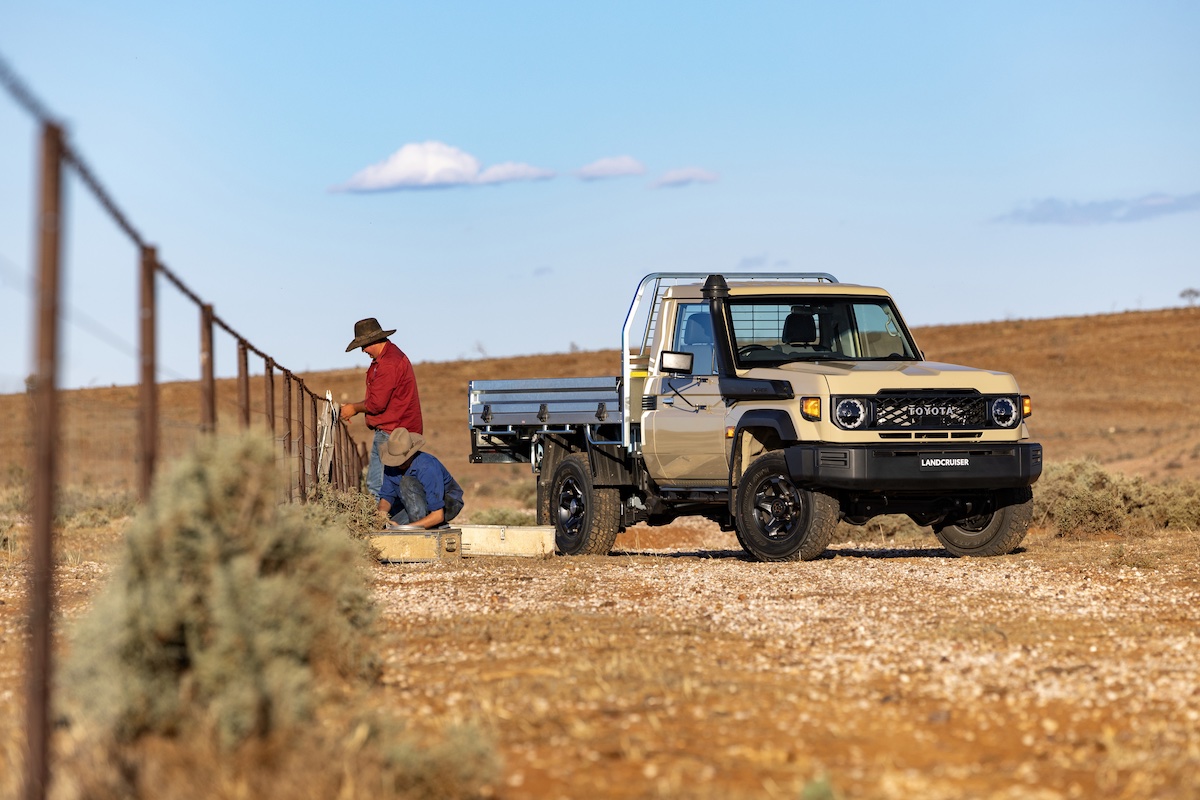
The iconic V8 is set to be phased out of production in Q4 this year. If you want to get one before then, too bad – every build slot has been accounted for since mid-2022. To appease those who have missed out, a manual gearbox has this year been added as an option for four-cylinder models.
Four body options are available in today’s 70 Series range: the 76 Series Wagon, 78 Series TroopCarrier, and 79 Series Cab-Chassis pickups available in Single-Cab and Double-Cab variants. WorkMate and GXL trim levels are available across the range, while the Single-Cab is also offered as a middling GX.
On the road
The ‘Merlot Red’ GXL ute you see here is one of the last V8-powered examples to be delivered to Australia as production winds down. It’s also one of several variants of the updated range I’ve had the chance to sample since its launch. The ‘Graphite’ GXL wagon also pictured here packs the automatic four-pot, while the ‘Sandy Taupe’ GX ute I drove featured the same.
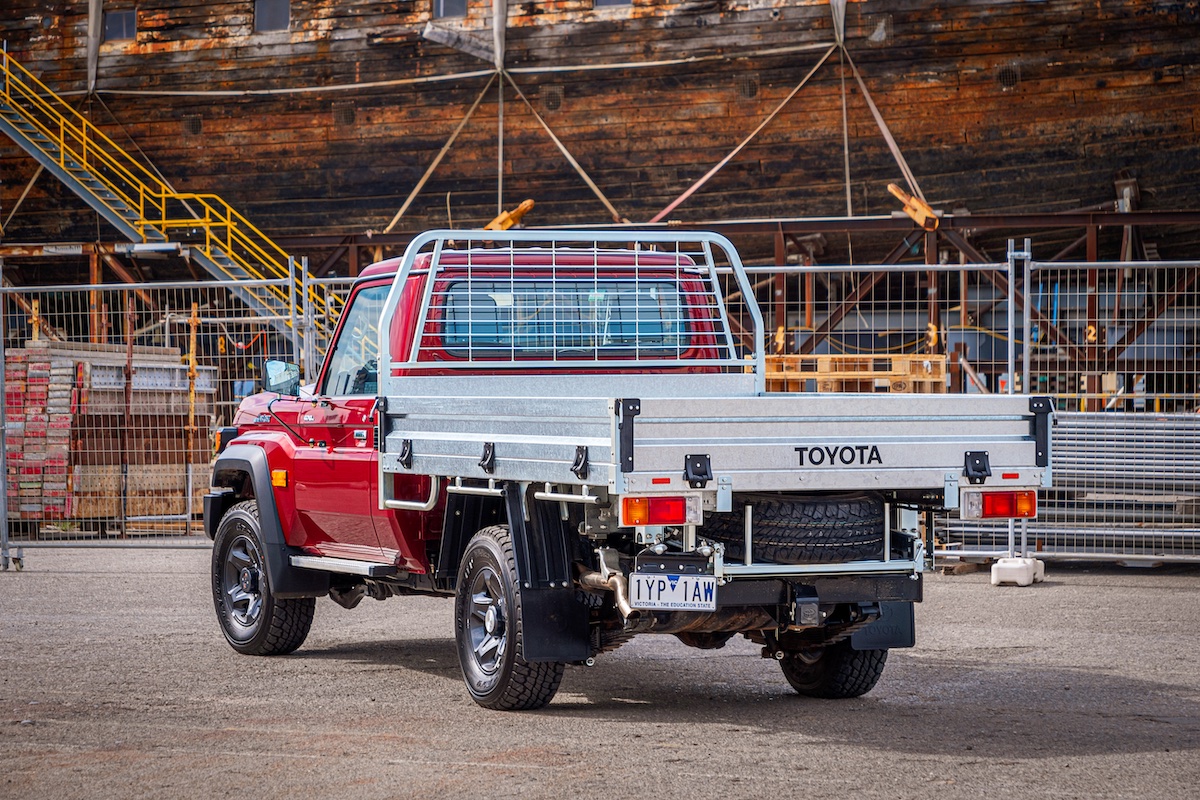
People are right to lament the demise of Toyota’s big V8 oiler, as it’s a true peach of an engine. The numbers mightn’t jump out on paper – 151kW and 430Nm – but with all its torque arriving as low as 1200rpm, you could probably tow a tank with it. Combine this with how short the five-speed’s first gear is, and setting off in second will quickly become the norm. Despite being a diesel, it even has a beefy V8 soundtrack to it.
The new four-pot may have the edge on paper – 1kW less, but a beefier 450Nm for the manual and 500Nm for the auto – and feel as though it revs more freely, but the smaller displacement and higher arrival of its torque in the rev range means it doesn’t feel as potent. Think of it as the bodybuilder with showy muscles who gets easily out-lifted by a lumbering, fast food-fuelled powerlifter.
Everything else about the driving experience, though, feels certifiably old fashioned. With live axles front and rear and a tall but narrow body, it gets blown around on the freeway or country roads on a windy day. Finally arrive at your destination after being shaken not stirred, and you’ll discover in the carpark that its turning circle rivals Jupiter’s.
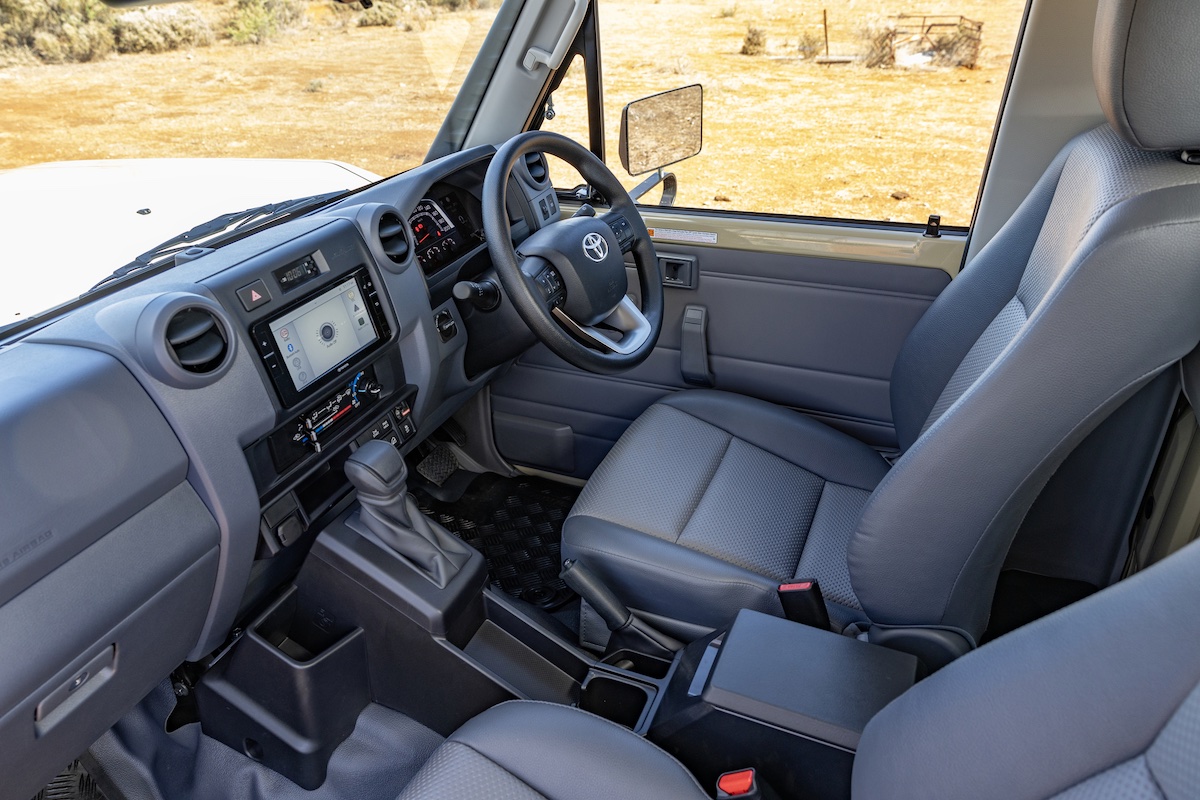
Then there’s the interior…
WorkMate and GX variants feature vinyl seats, but few other comforts inside. There’s no central locking, and you’ll still need to manually wind the windows (and as a sign of its age, there’s still a pop-out ‘smoker’s window’). The air conditioning controls look like they’re still the 1985 originals. Want to adjust the side mirrors? You’ll have to wind the window down and move it manually yourself if you opt for a ute.
Step up to the GXL and you do gain remote central locking via a separate fob to the key itself and powered windows, along with patterned grey fabric that is the perfect reminder of the LC70’s true age.
Mind you, the 2024 update did add a new instrument cluster inspired by the 40 Series, which even includes a small screen with a digital speedometer. Lane departure warning has been added to keep it regulation-compliant, but it quickly turns off with a button on the steering wheel.
Both figuratively and literally, this is the closest thing to a ‘new old car’ that money can buy. Between $75,600 and $83,500 of it, to be precise – although people do turn their heads for the 70, so you’ll get your money’s worth if being noticed is something you desire.
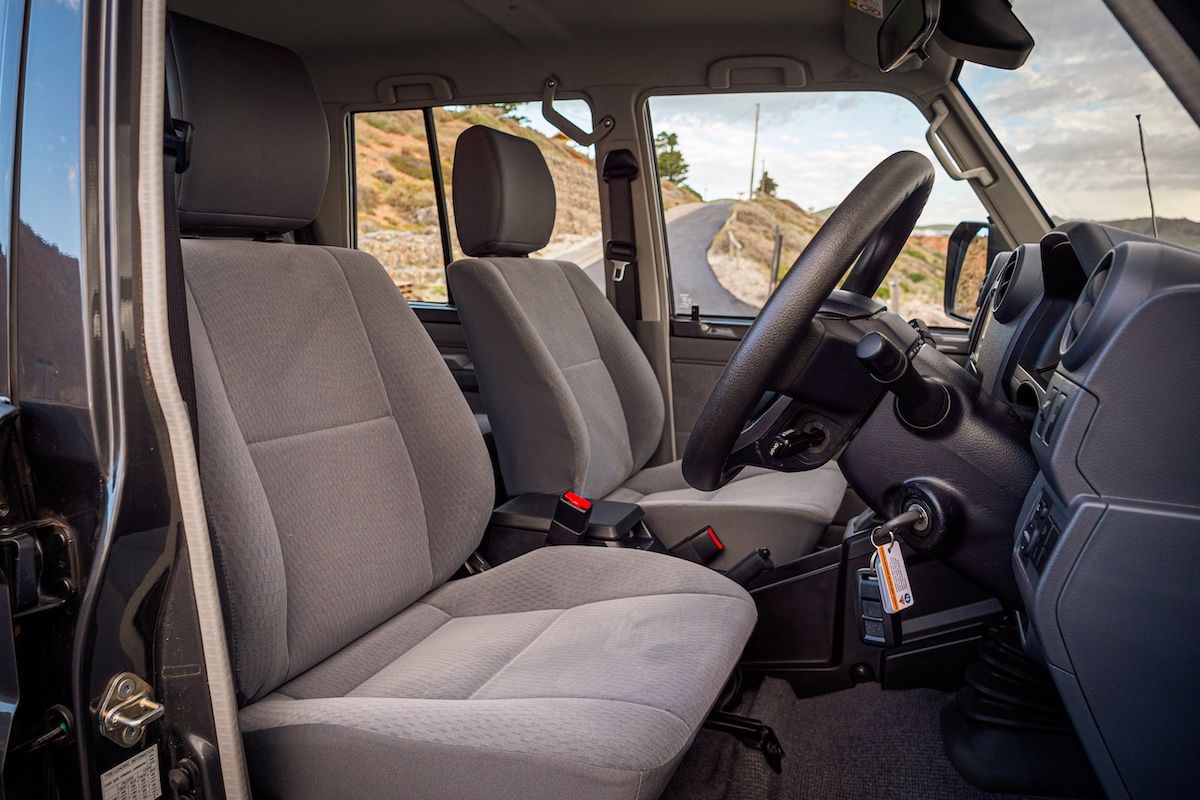

Retro motoring fresh off the showroom floor
On one hand, driving a vehicle like the 70 Series does make you appreciate how relaxed, feature-laden, and refined modern cars are. After most recently driving the 76 GXL Wagon just before the order books were temporarily closed, I hopped straight into Toyota’s bZ4X – an utterly quirky, thoroughly modern fully electric car – and there’s no denying it was quite the relaxing change of pace.
On the other hand, no new car – especially not an EV – can come even close to boasting as much character as this. All those imperfections make this car as strangely enjoyable to drive as it is.
There’s a longstanding rumour that the LandCruiser is built to last for 25 years, while other cars are only created to survive 10-15 years. Although there isn’t an official quote to back this up, there’s no denying the thinking holds true. Perhaps, like a cat, the 70 Series is only through three or four of its nine lives as yet.
Of course, it’s not the longest consecutive production run of any one car – the original Volkswagen Beetle and Mini have it beat – but the 70 Series LandCruiser is easily the oldest new car on sale today.
For all the restomods, homages, and ‘continuation series’ cars that are starting to dominate the classic car space these days, including everything from G-Wagens to Defenders, Toyota has ironically been well ahead of the curve. You’d just never think to look in the same showroom you’ll find whitegoods Camrys and RAV4s in.
The evolution of the Toyota LandCruiser ‘Heavy Duty’ line
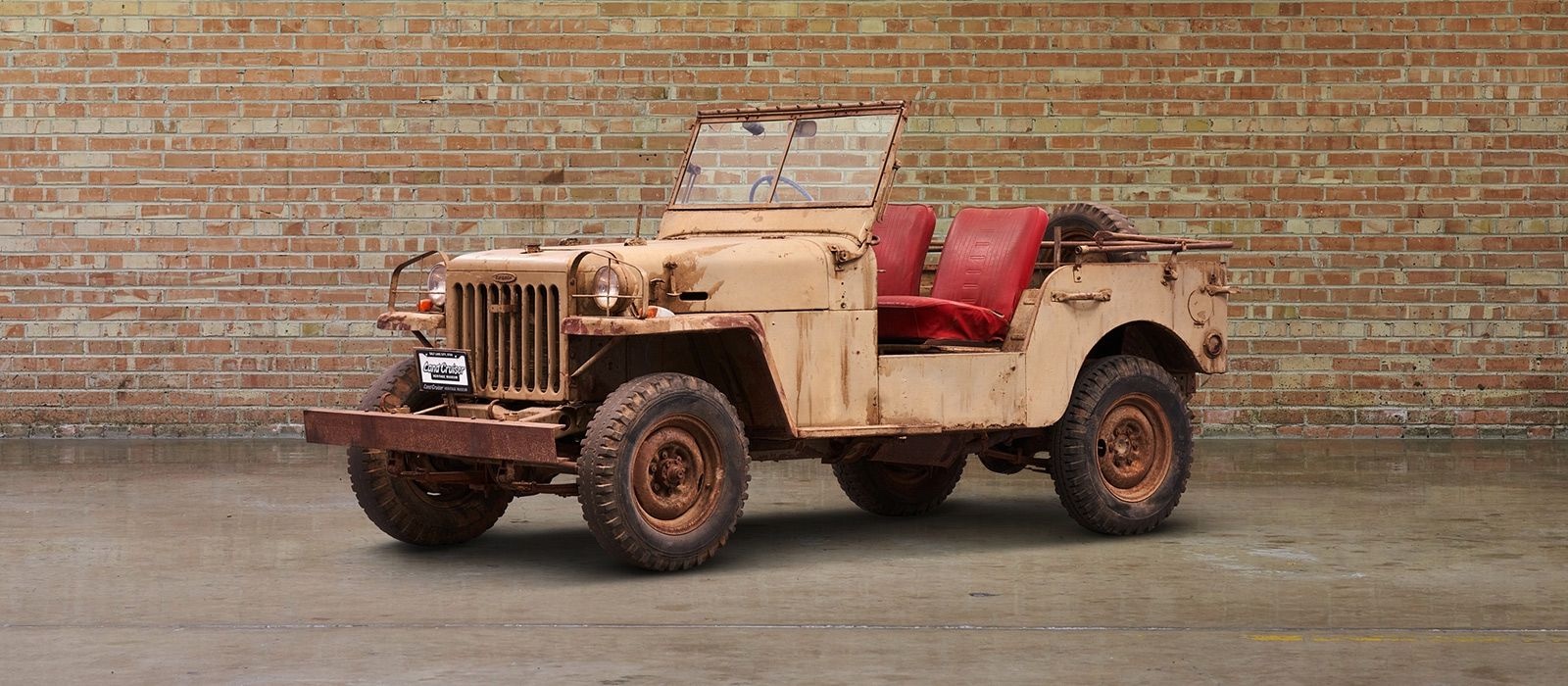
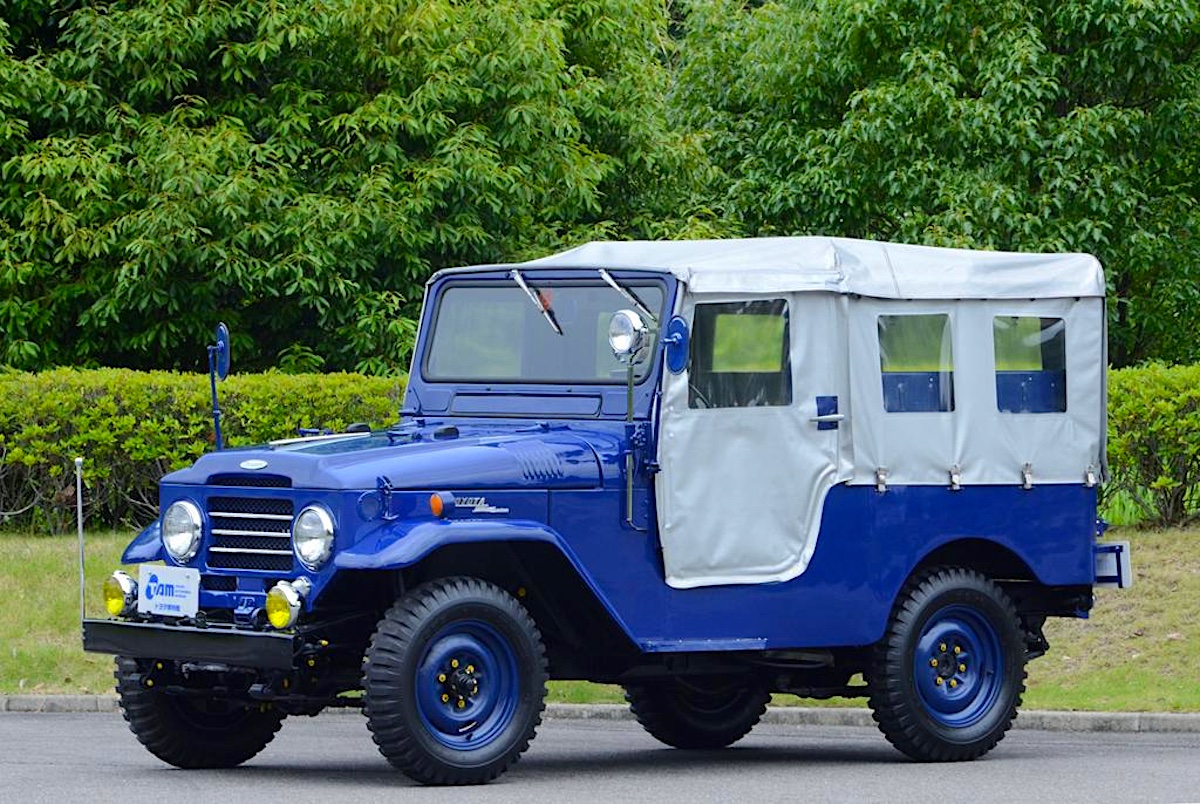
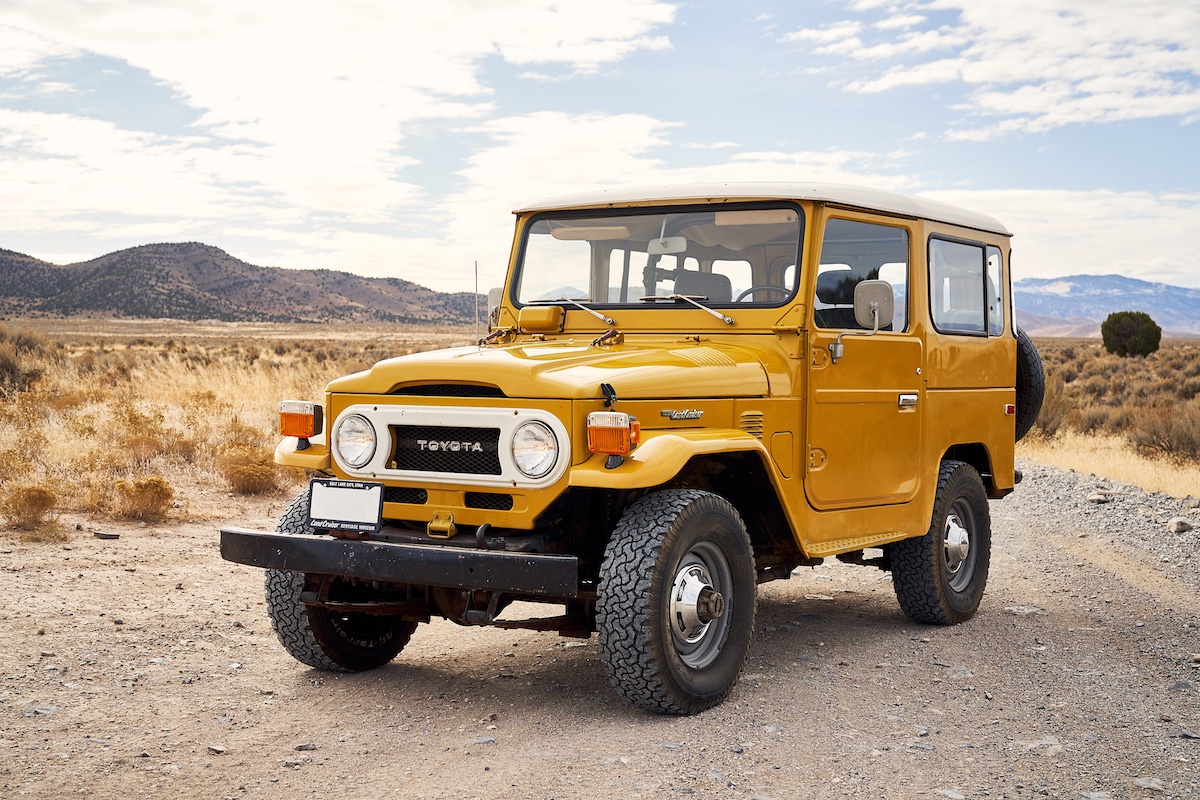
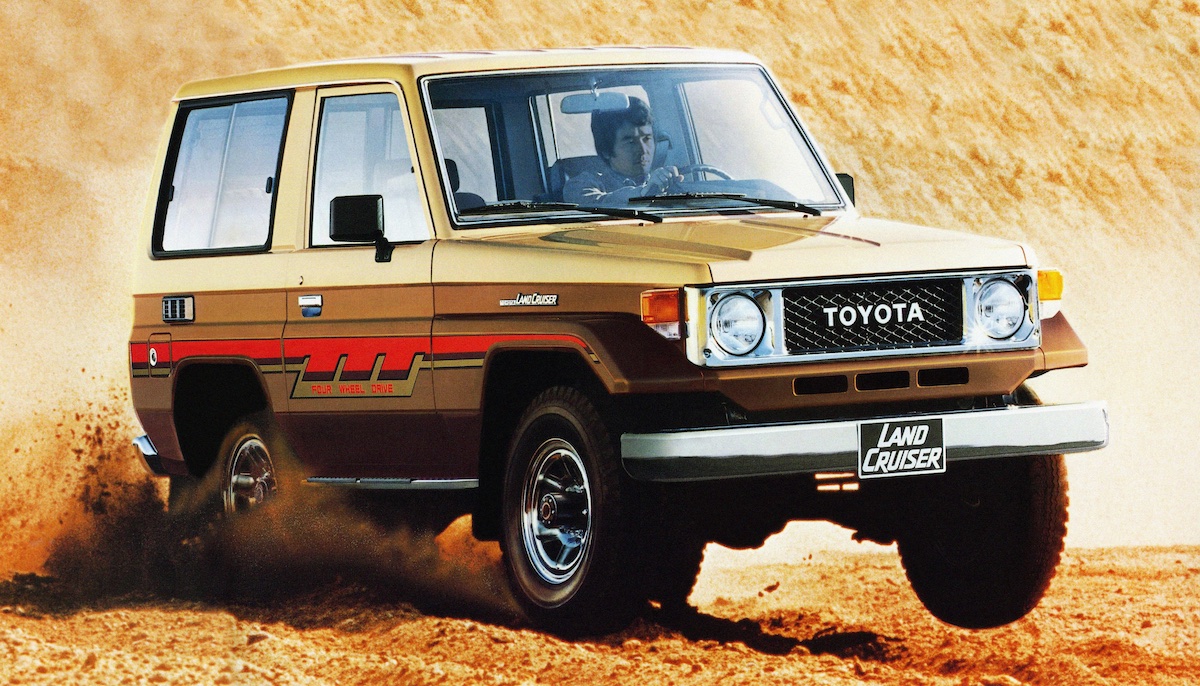
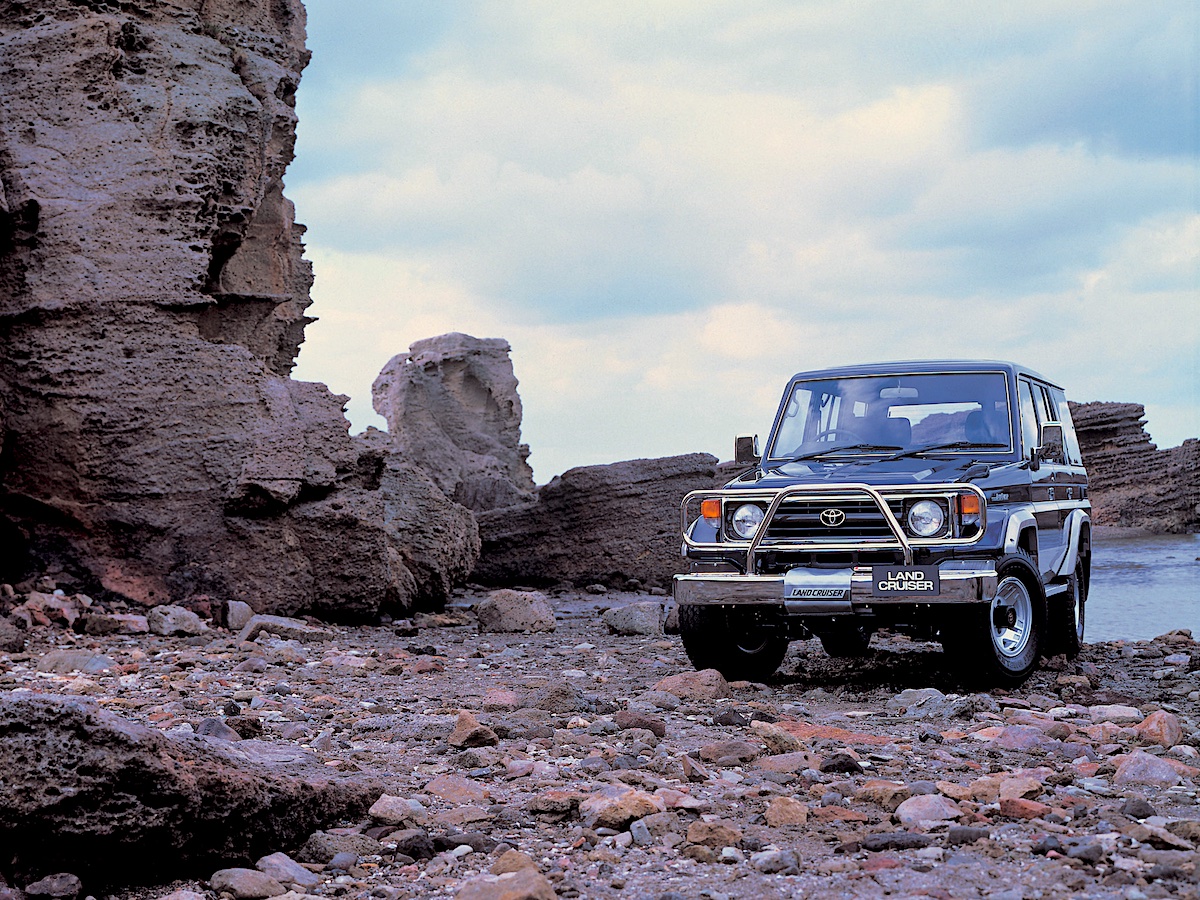
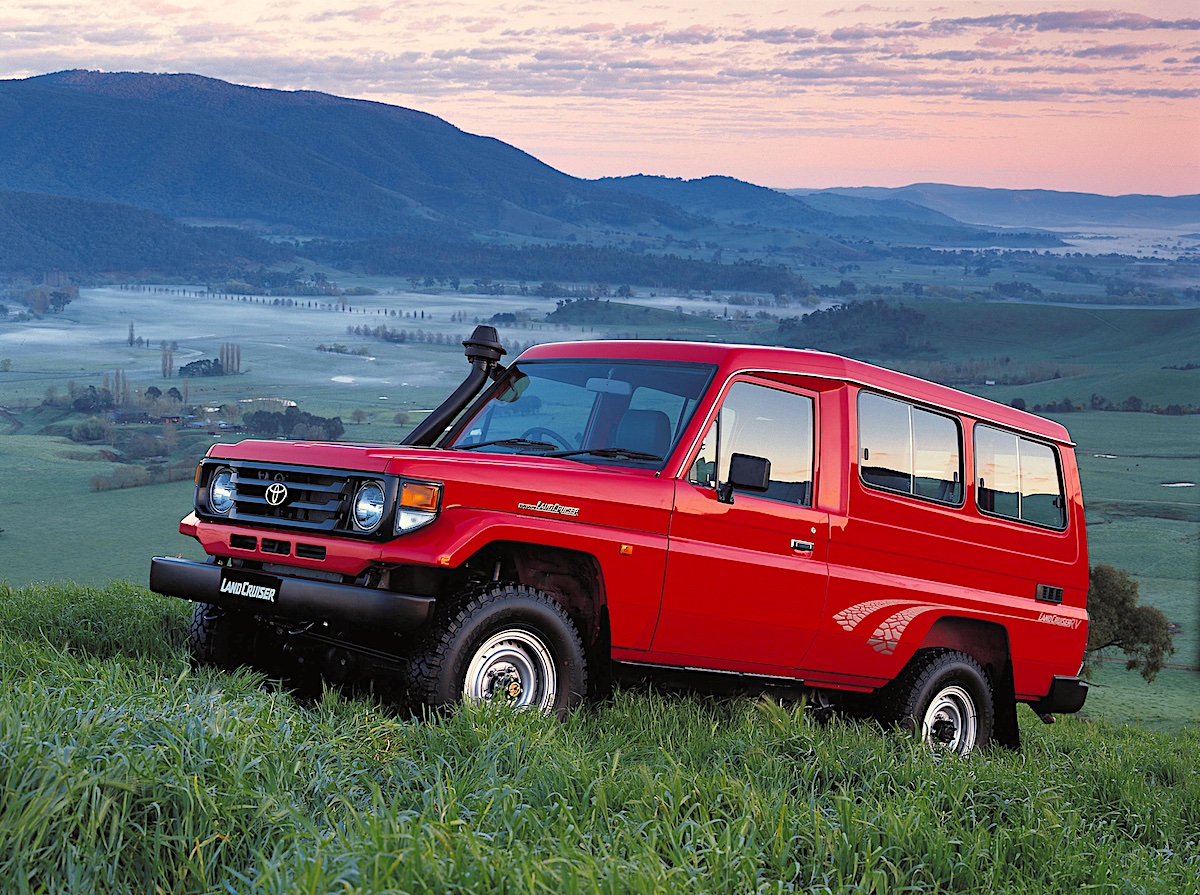
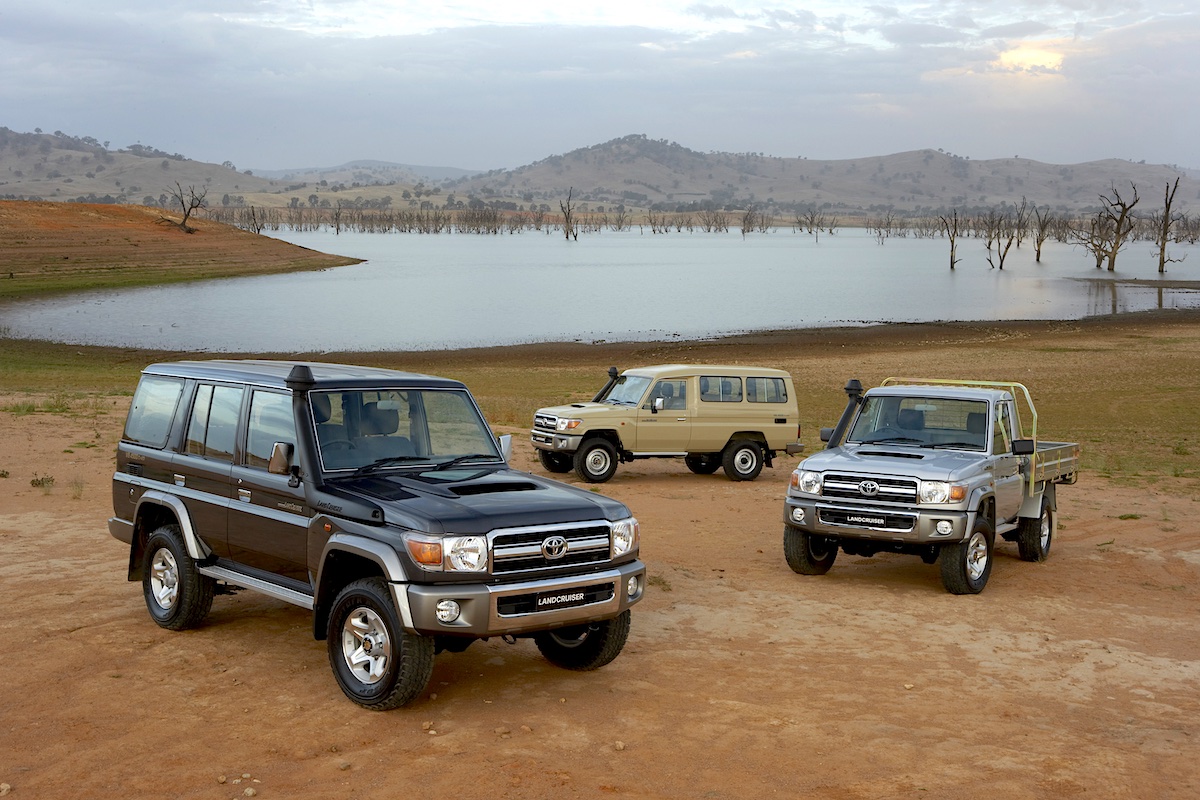

The evolution of the Toyota LandCruiser ‘Station Wagon’ line
